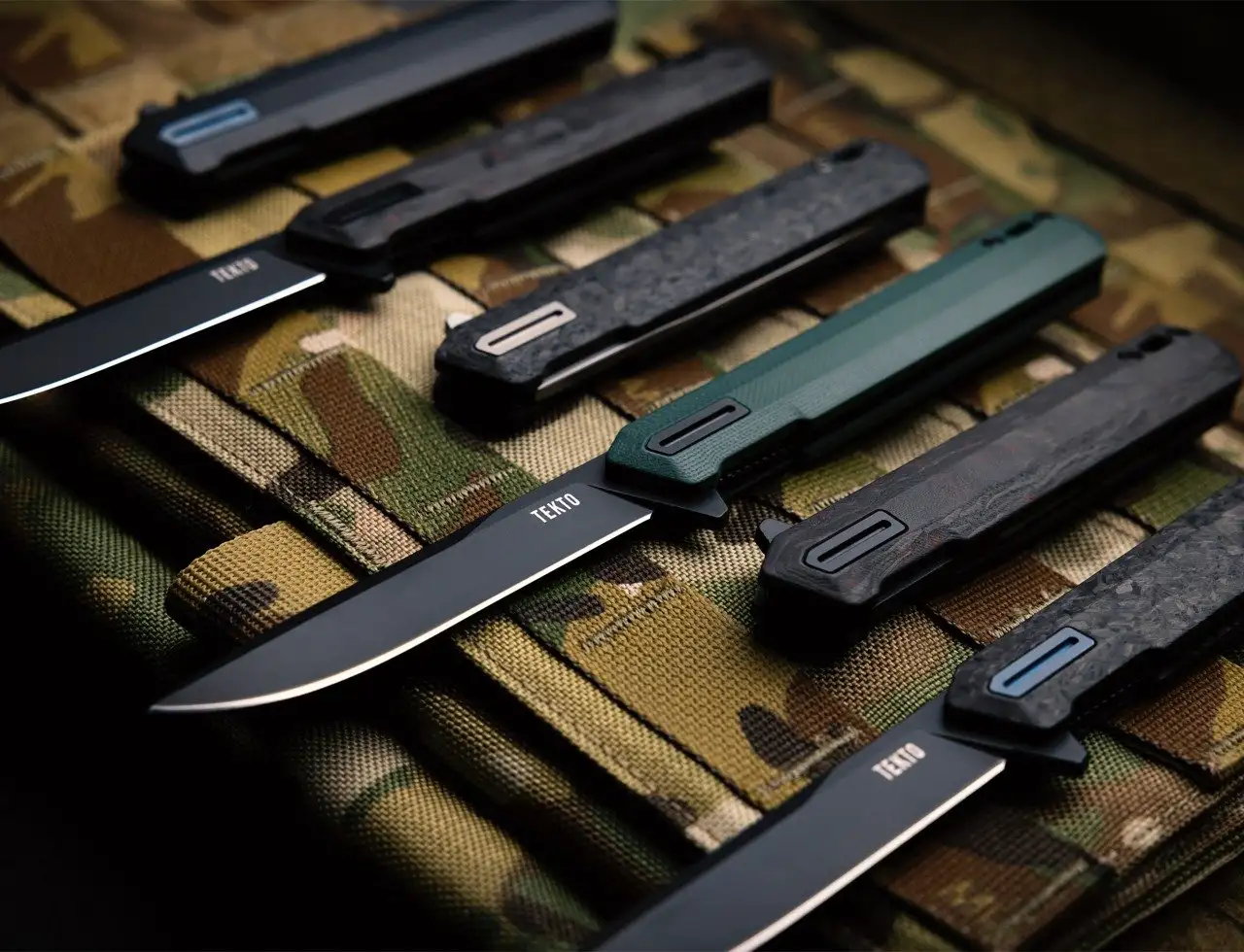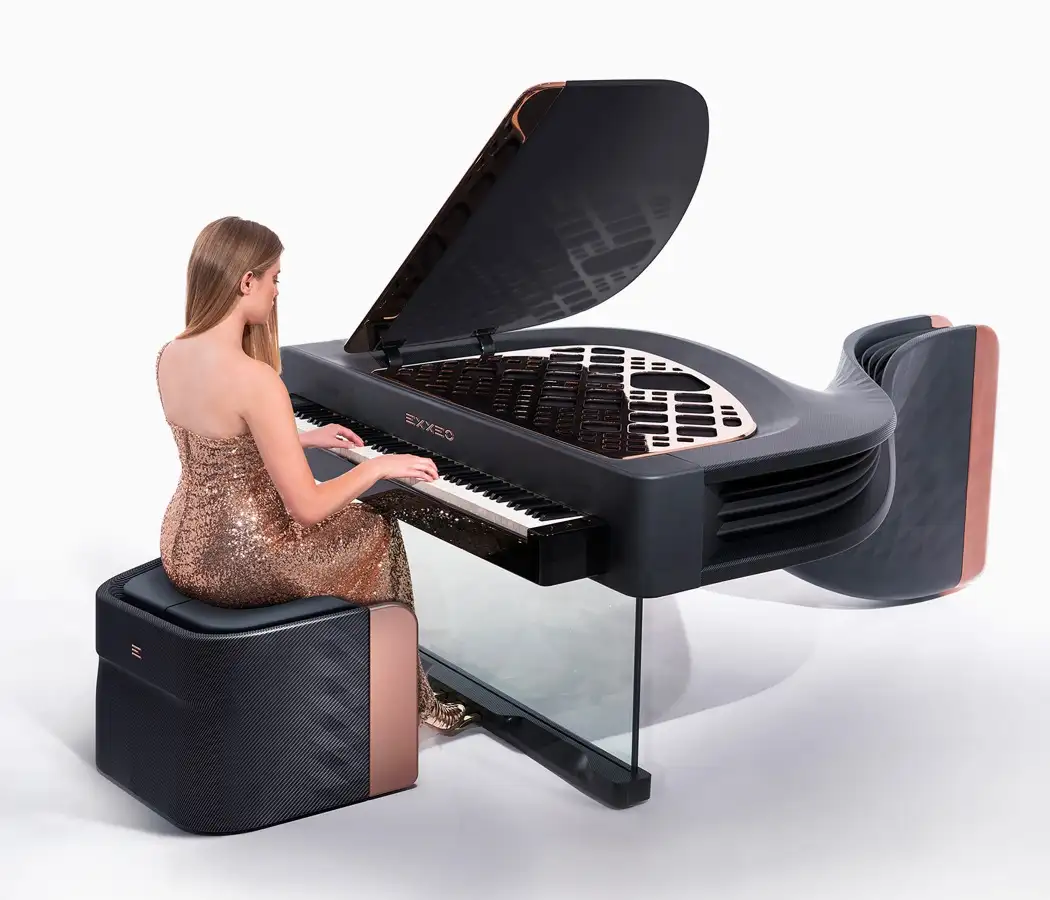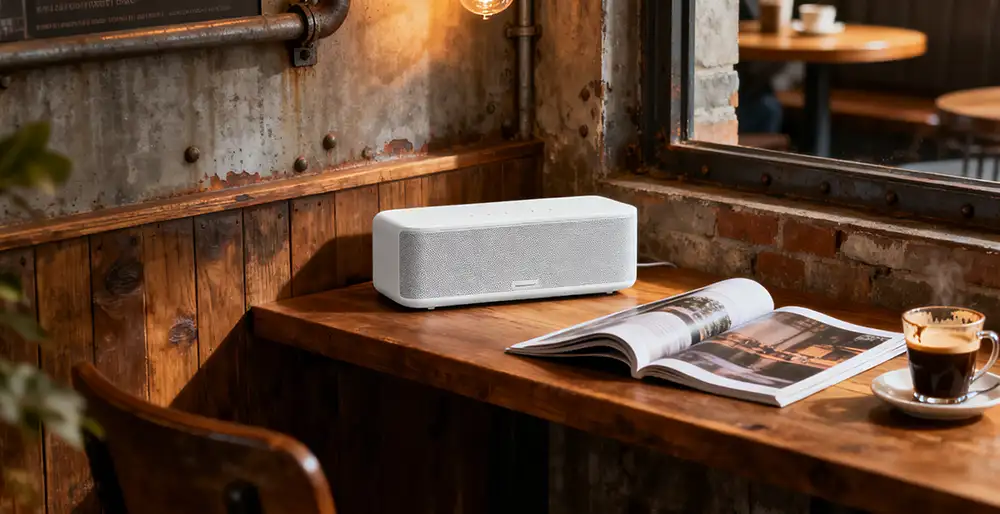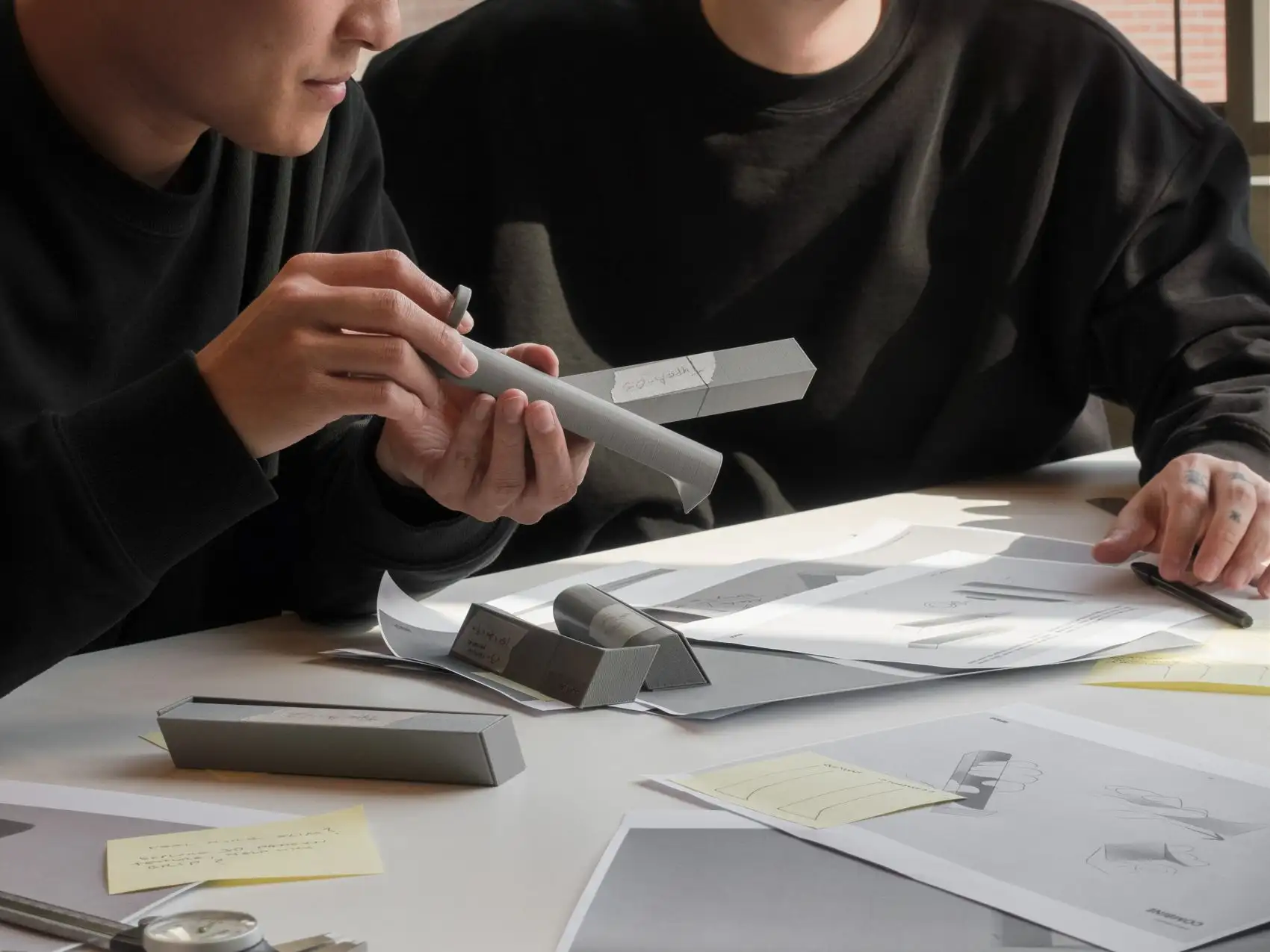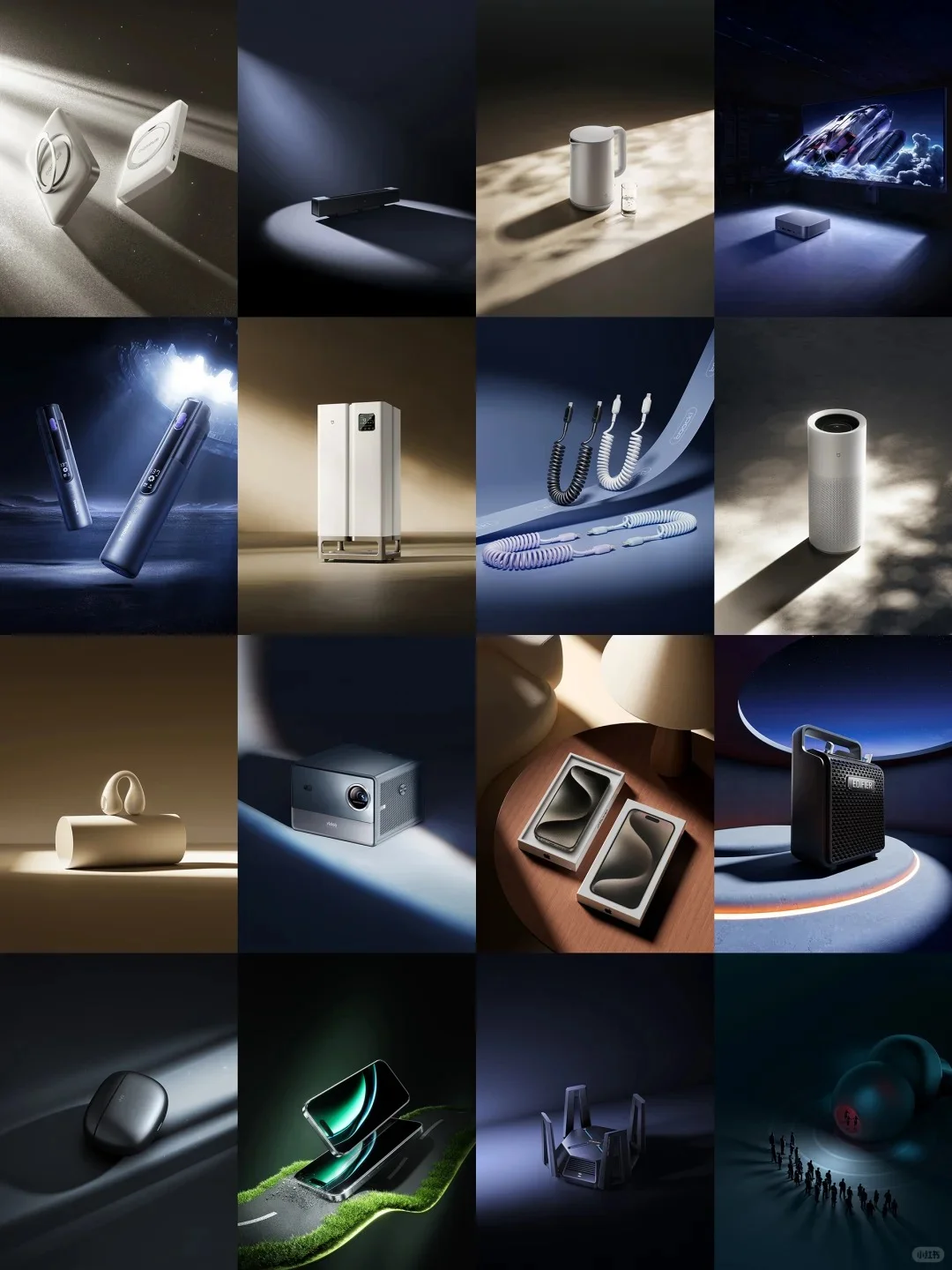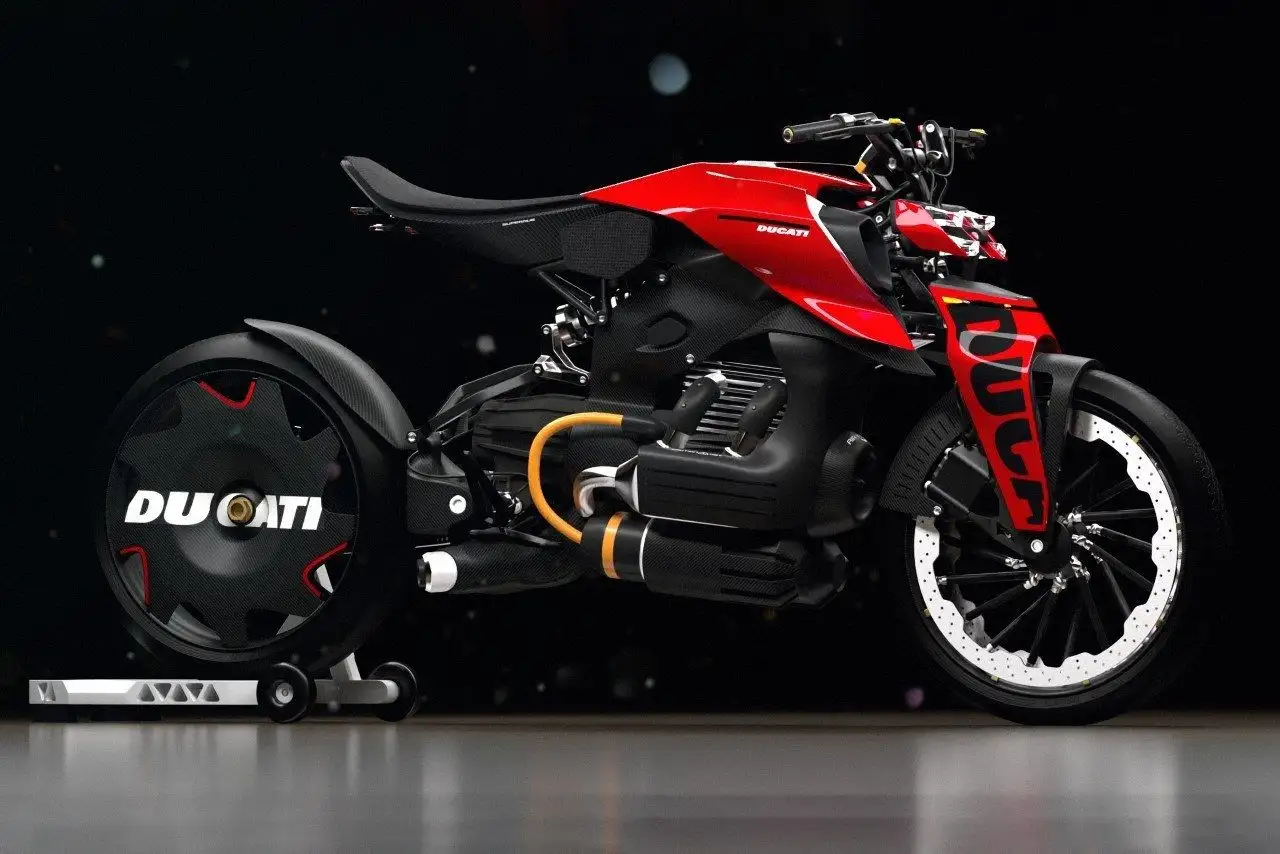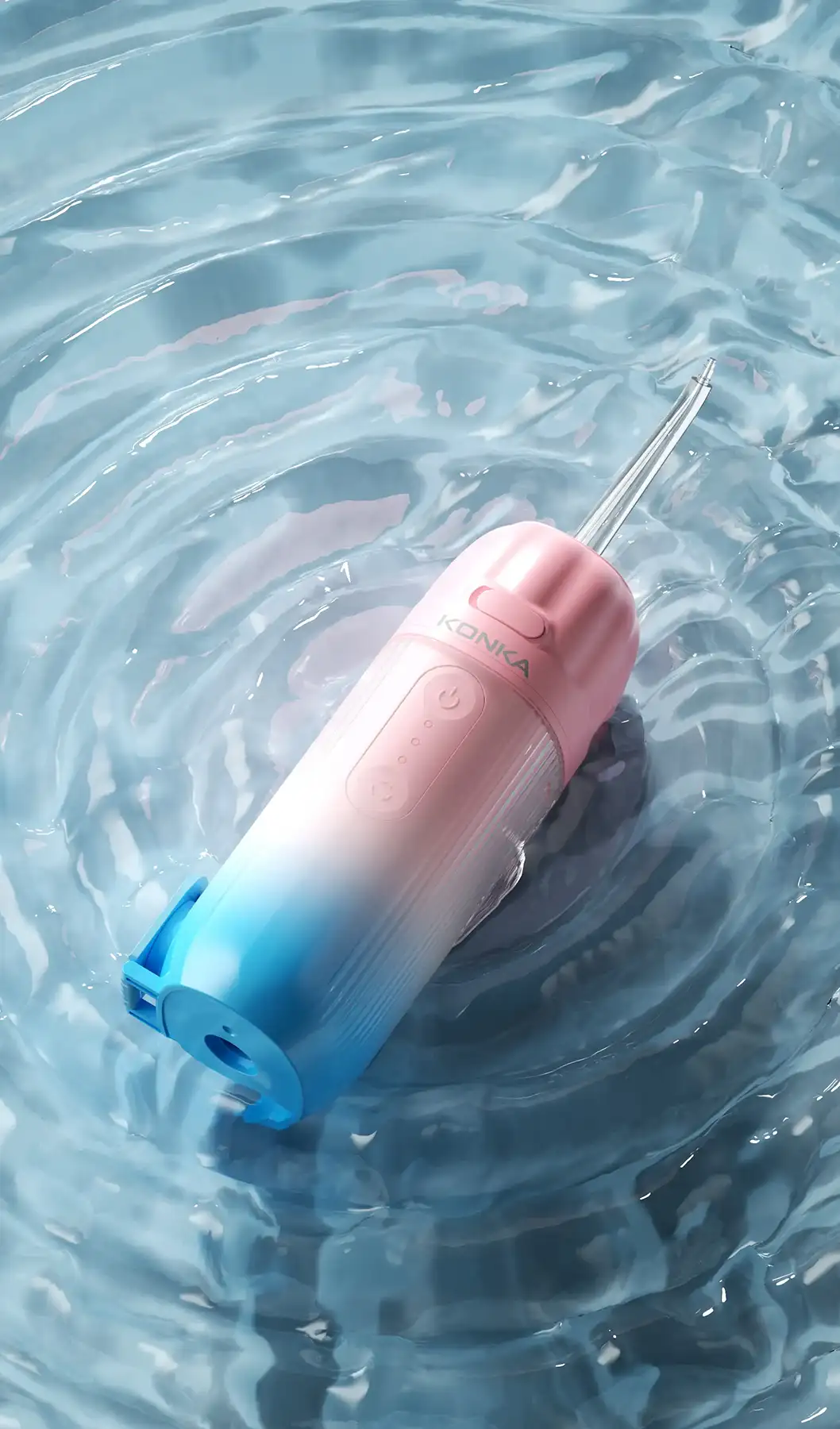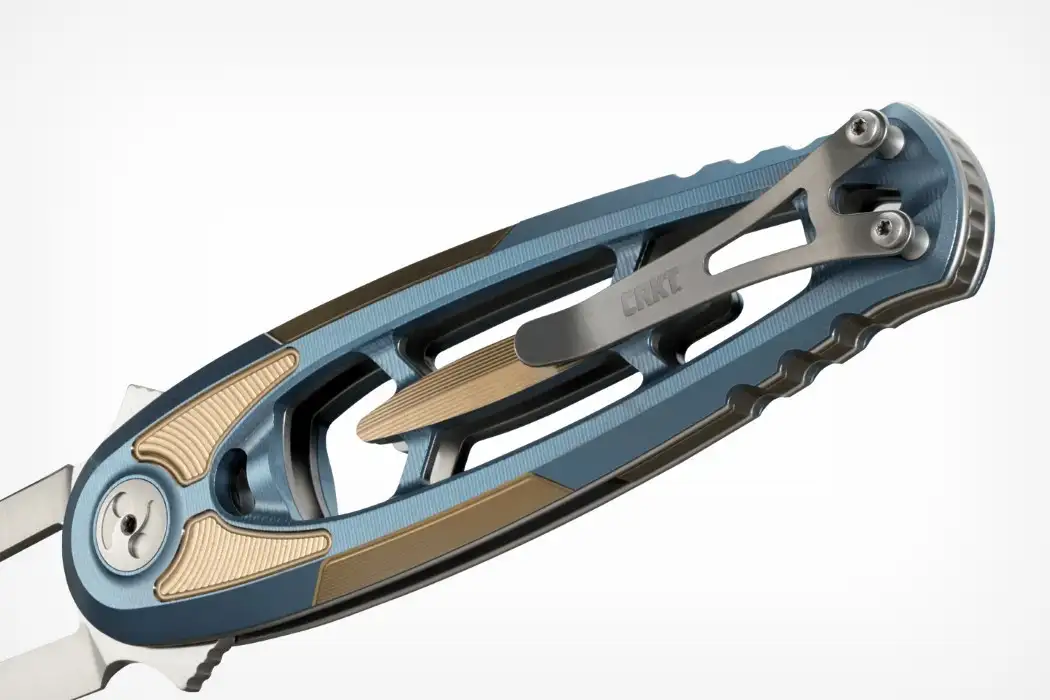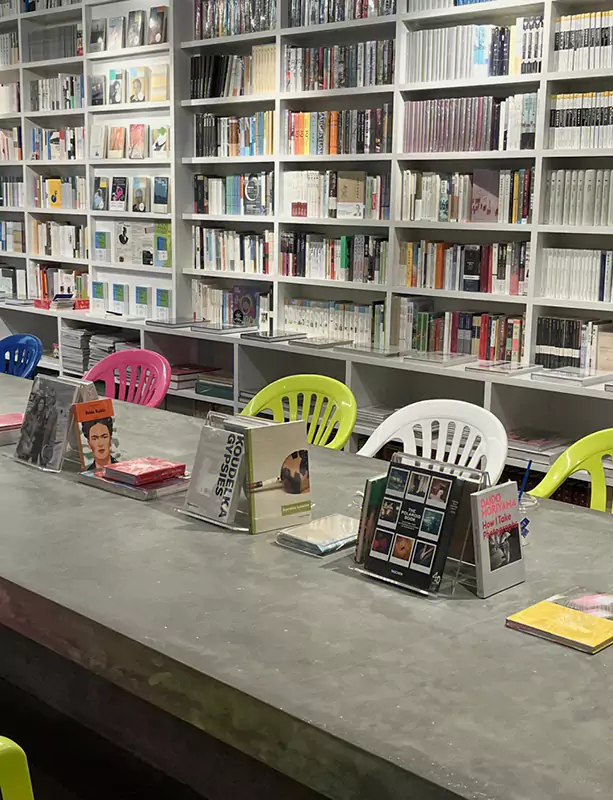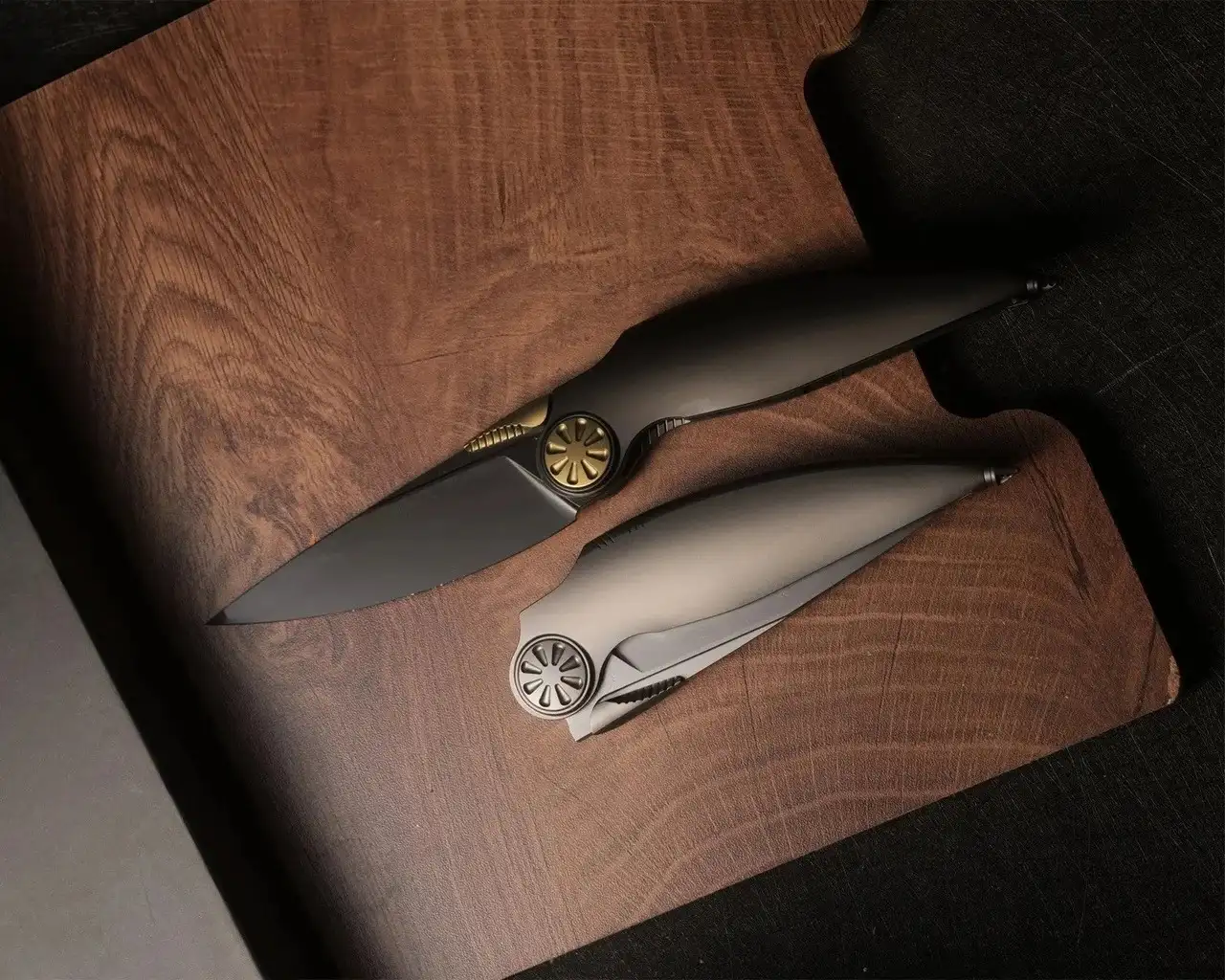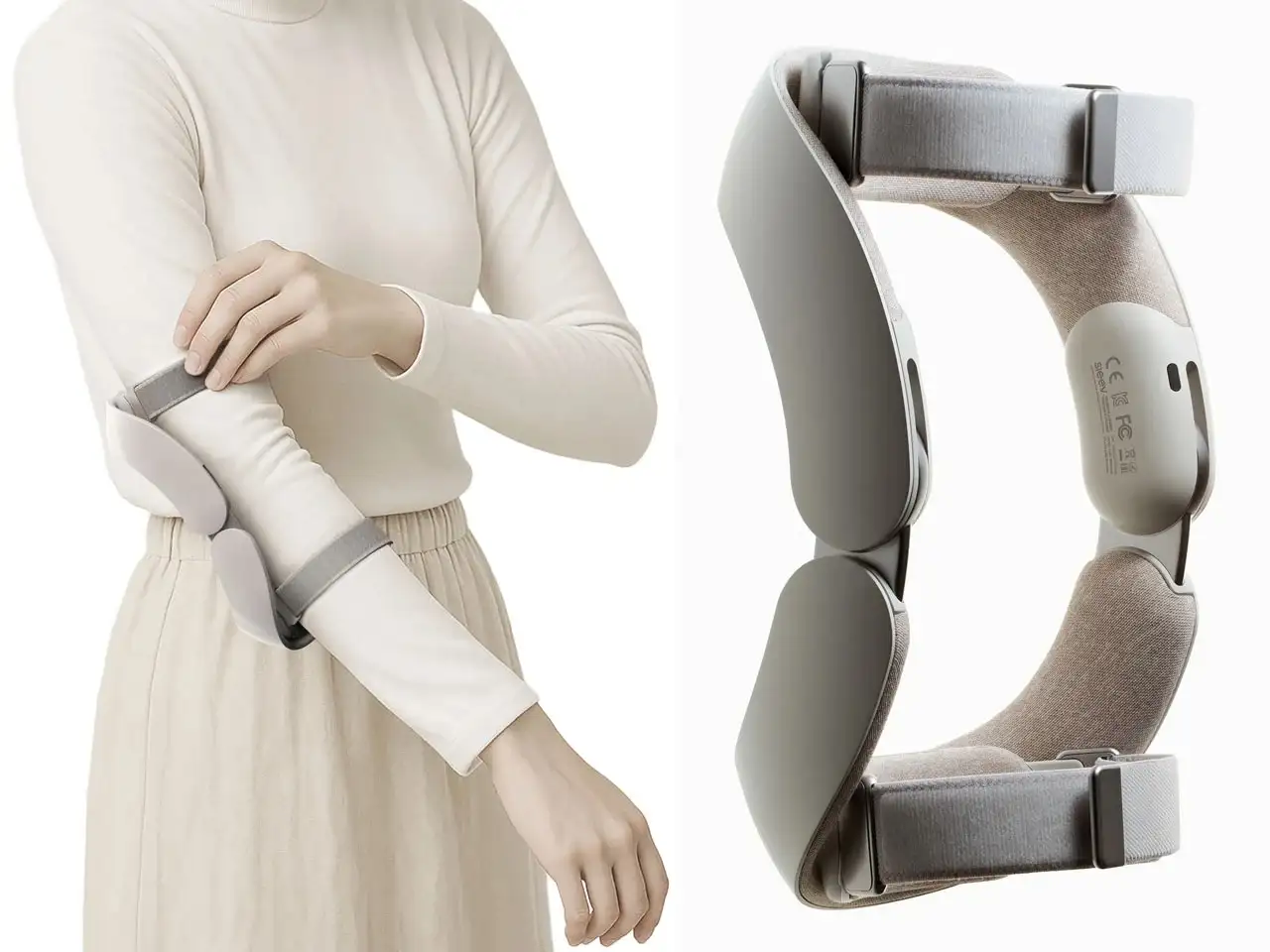NINEIDEA:在科技飞速发展的当下,智能家居产品已深度融入人们的生活。工业设计创新对于智能家居产品至关重要,它不仅能提升产品竞争力,还能塑造独特品牌形象,满足用户多元需求。以下是智能家居产品工业设计的关键创新要素。
用户体验导向
深入洞察用户需求:智能家居产品设计需以用户为核心,全面了解其生活习惯、痛点及期望。例如,忙碌的上班族期望下班到家时,智能家居系统能自动调节室内温度、灯光亮度,营造舒适环境。通过调研、用户反馈收集信息,设计师可针对性设计,如智能门锁增加多种开锁方式,满足不同场景需求,提升便捷性。
优化交互体验:创新交互方式是提升用户体验关键。除传统手机 APP 控制,声控、手势控制在智能家居产品中愈发普遍。智能音箱可通过语音指令控制家电,智能灯光系统能识别手势调节亮度色彩,让交互更自然流畅,降低操作难度,提高用户与产品的互动性。
功能与形式融合
功能创新:智能家居产品应不断推陈出新,满足多样化功能需求。智能摄像头除基本监控,还能实现人脸识别、行为分析,及时推送异常警报。智能马桶增加健康监测功能,检测用户身体指标,为健康管理提供数据。
形式追随功能:产品外观设计应与功能紧密结合。扫地机器人的圆形外观利于灵活转向、清洁角落;智能空气净化器的塔式设计,可优化风道结构,提高净化效率,同时简约外观适配不同家居风格。
可持续发展理念
环保材料选用:采用环保可回收材料,减少对环境的负面影响。如用竹材、再生塑料制作产品外壳,既环保又具独特质感。一些智能灯具使用可降解材料包装,降低包装废弃物污染。
节能设计:智能家居产品应注重节能,降低能源消耗。智能家电可设置节能模式,根据使用情况自动调节功率;智能照明系统结合光线传感器,在自然光充足时自动关灯,实现节能减排。
美学创新
简约美学:简约风格在智能家居设计中备受青睐,简洁线条、纯净色彩营造出优雅、舒适视觉感受。智能音箱采用圆柱体造型,无多余装饰,搭配素雅配色,融入各种家居环境。
个性化设计:满足用户个性化需求,提供定制化选择。智能灯具可更换灯罩颜色、图案,智能插座能选择不同外观款式,让用户根据喜好打造独特智能家居空间。
技术集成创新
多技术融合:结合物联网、人工智能、大数据等技术,提升产品智能化水平。智能家电通过物联网互联互通,实现场景联动;借助人工智能算法,智能空调可学习用户温度偏好,自动调节适宜温度。
硬件与软件协同创新:优化硬件性能同时,注重软件系统开发与更新。智能家居 APP 界面简洁易用,具备丰富功能,且定期更新,增加新功能、优化用户体验。
工业设计创新要素贯穿智能家居产品全生命周期,从用户体验、功能形式、可持续发展、美学及技术集成等方面发力,才能打造出满足市场需求、引领行业发展的优秀智能家居产品。
@NINEIDEA九号创新 www.nineidea.com
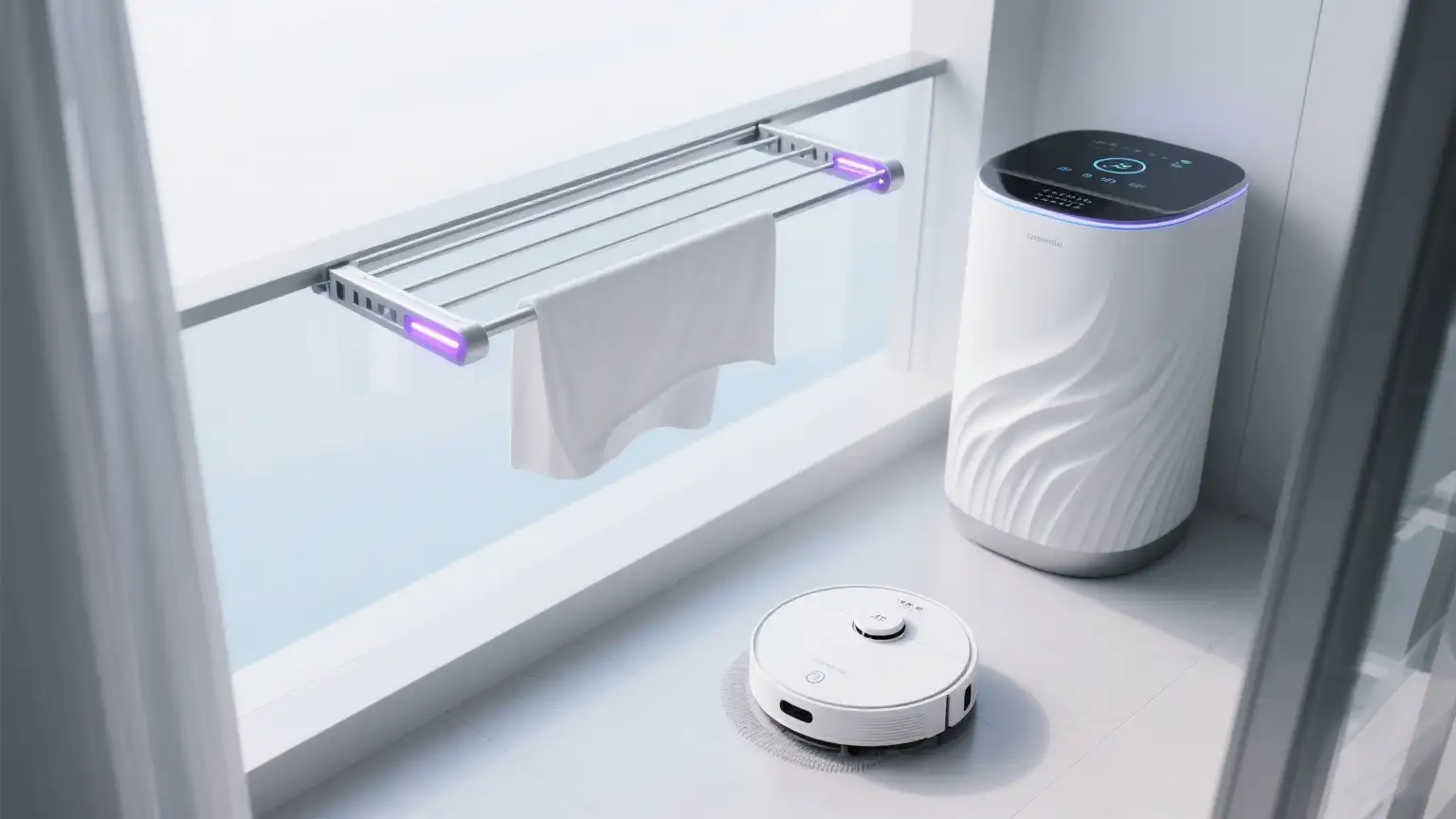
Innovative elements of industrial design for smart home products
NINEIDEA: With the rapid development of science and technology, smart home products have been deeply integrated into people’s lives. Industrial design innovation is crucial for smart home products, as it not only enhances product competitiveness but also shapes a unique brand image to meet diverse user needs. The following are the key innovative elements of industrial design for smart home products.
User experience orientation
In depth insight into user needs: Smart home product design should be centered around the user, with a comprehensive understanding of their lifestyle habits, pain points, and expectations. For example, busy office workers expect smart home systems to automatically adjust indoor temperature and lighting brightness when they get home from work, creating a comfortable environment. By conducting research and collecting user feedback, designers can design targeted solutions, such as adding multiple unlocking methods to smart door locks to meet the needs of different scenarios and improve convenience.
Optimizing interaction experience: Innovative interaction methods are key to enhancing user experience. In addition to traditional mobile app control, voice control and gesture control are becoming increasingly common in smart home products. Smart speakers can control home appliances through voice commands, and the smart lighting system can recognize gestures to adjust brightness and color, making interaction more natural and smooth, reducing operational difficulty, and improving user interaction with products.
Integration of Function and Form
Functional innovation: Smart home products should constantly innovate and meet diverse functional needs. In addition to basic monitoring, intelligent cameras can also achieve facial recognition, behavior analysis, and timely push abnormal alerts. The smart toilet adds health monitoring function to detect users’ physical indicators and provide data for health management.
Form follows function: Product appearance design should be closely integrated with function. The circular appearance of the robotic vacuum cleaner facilitates flexible turning and cleaning of corners; The tower design of the intelligent air purifier can optimize the air duct structure, improve purification efficiency, and adapt to different home styles with a simple appearance.
Sustainable Development Concept
Environmentally friendly material selection: Using environmentally friendly and recyclable materials to reduce negative impact on the environment. If bamboo and recycled plastic are used to make product shells, it is both environmentally friendly and has a unique texture. Some smart lighting fixtures are packaged with biodegradable materials to reduce packaging waste pollution.
Energy saving design: Smart home products should focus on energy conservation and reduce energy consumption. Smart home appliances can be set to energy-saving mode and automatically adjust power according to usage; The intelligent lighting system, combined with light sensors, automatically turns off the lights when there is sufficient natural light, achieving energy conservation and emission reduction.
Aesthetic innovation
Minimalist aesthetics: Minimalist style is highly favored in smart home design, with simple lines and pure colors creating an elegant and comfortable visual experience. The smart speaker adopts a cylindrical shape with no unnecessary decoration, matched with simple and elegant colors, and integrated into various home environments.
Personalized design: Meet users’ personalized needs and provide customized choices. Smart lighting fixtures can change the color and pattern of the lampshade, and smart sockets can choose different appearance styles, allowing users to create unique smart home spaces according to their preferences.
technology integration innovation
Multi technology integration: Combining technologies such as the Internet of Things, artificial intelligence, and big data to enhance the level of product intelligence. Smart home appliances are interconnected through the Internet of Things to achieve scene linkage; With the help of artificial intelligence algorithms, intelligent air conditioners can learn user temperature preferences and automatically adjust the appropriate temperature.
Collaborative innovation of hardware and software: optimizing hardware performance while emphasizing software system development and updates. The smart home app has a simple and easy-to-use interface, rich functions, and is regularly updated to add new features and optimize user experience.
The innovative elements of industrial design run through the entire lifecycle of smart home products, focusing on user experience, functional form, sustainable development, aesthetics, and technological integration, in order to create excellent smart home products that meet market demand and lead industry development.
@NINEIDEA九号创新 www.nineidea.com











